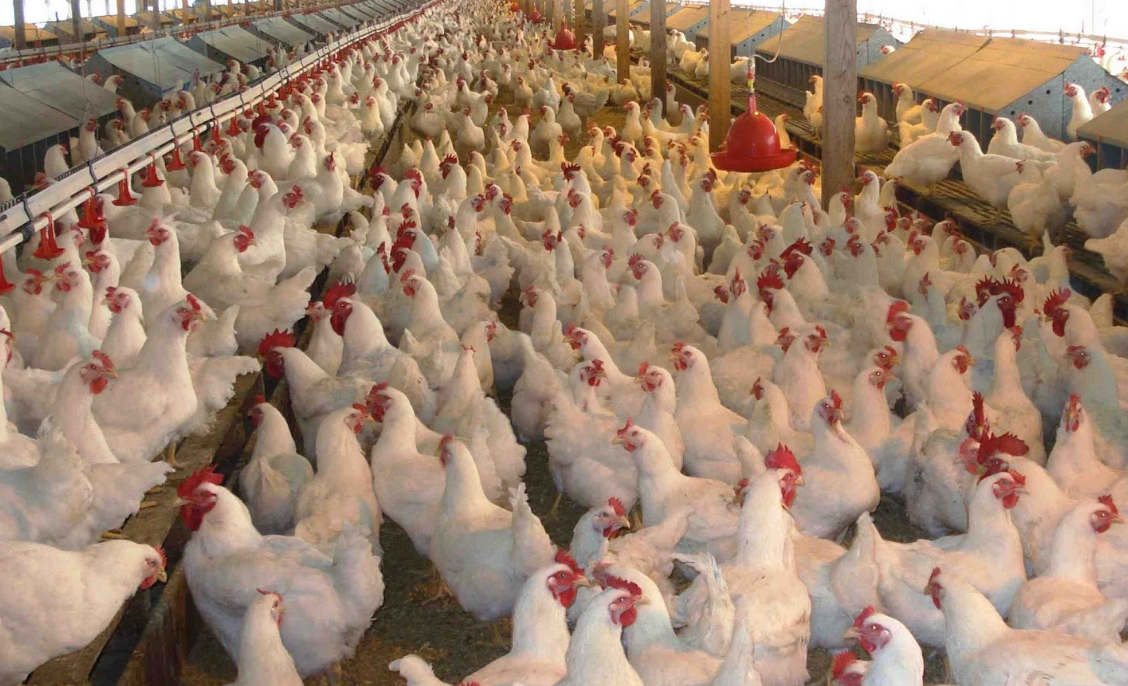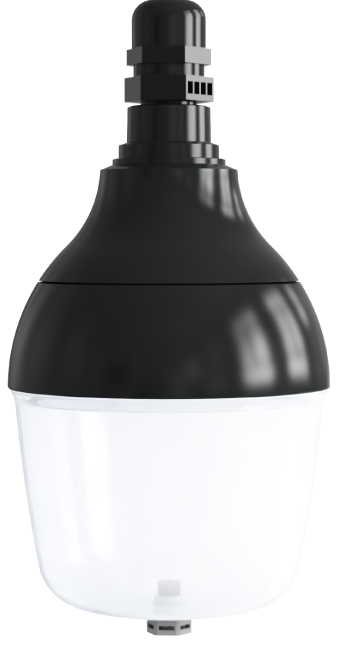Chicken Lighting Requirements

Directory:
1. White-feathered Broiler Chicken Lighting Requirements
2. Yellow-feathered Broiler Chicken Lighting Requirements
3. Laying Hens Lighting Requirements
1. White-feathered Broiler Chicken Lighting Requirements
White-feathered broiler chicken are kept under a light intensity of 5 lux for 8 hours during their rearing phase. Following this initial period, the light intensity is raised to between 30 and 60 lux, with the duration extended to 13-14 hours.
Research indicates that Hubbard broiler chicken aged 1 to 42 days are exposed to light intensities of 5. 10. and 15 lux. Among these, a light intensity of 10 lux has been found to enhance their growth. Both excessively low and high light intensities can negatively impact the growth performance of Hubbard broiler breeders. The first light stimulation should extend the continuous light period to over 10 hours, typically increasing it to between 11 and 13 hours. Studies have shown that for Ross 308 broiler breeders, the benefits peak when the light duration is increased from 8 to 13 hours, particularly significant after they reach 60 weeks of age. There are no additional advantages when the duration exceeds 14 hours, and even 16 hours may be detrimental. Egg quality declines if the duration is limited to 11 or 12 hours.
2. Yellow-feathered Broiler Chicken Lighting Requirements
Yellow-feathered broiler chicken are exposed to a light intensity of 50-60 lux for 24 hours during the first 1-3 days post-hatching. From day 4 to 4 weeks, the light intensity is set at 30 lux, with the lighting duration gradually decreasing from 24 hours to 8 hours. During the rearing phase (up to 5 weeks) and into the later rearing phase (up to 22 weeks), the light intensity is maintained at 3-5 lux for 8 hours, with the remainder of the time kept as dark as possible (below 0.5 lux). Lighting treatments commence at 23 weeks of age, with the initial light stimulation lasting over 10 hours, increasing by 1 hour each week until it reaches 14-16 hours. The light intensity is generally kept between 30-60 lux, adjusted based on breed, management practices, and other specific conditions, but should not exceed 100 lux.
Research has shown that light intensities of 60-80 lux or 10-20 lux during the egg-laying period are not ideal for the egg-laying performance of yellow-feathered broiler chicken. In contrast, those in the experimental group with a light intensity of 30-40 lux exhibited the best production performance.
3. Laying Hens Lighting Requirements
For most laying hens during their rearing phase, it is ideal to maintain a light intensity of 5 lux. Once the egg-laying period begins, a light intensity of 30-60 lux is more suitable after enhancing the light. The light intensity during this phase can vary significantly based on different feeding conditions and should be adjusted gradually in actual production settings.
Research indicates that during the laying period, a light intensity of 5 lux is used, which can be increased to 10-30 lux after light enhancement, with the duration extended to 16 hours. To achieve optimal stimulation, the light duration should be at least 11-12 hours; however, excessively long light periods can have negative effects. In some cases, light intensity may need to reach 30-65 lux. These variations can be attributed to factors such as breed and management practices. Studies have shown that light levels between 5-100 lux do not impact the production of Hy-Line gray laying hens. A light intensity of 5 lux is sufficient for chickens to feed normally, helping to prevent production losses and maintain egg quality. For "Jinghong No. 1" laying hens, light intensities of 10. 20. and 30 lux were tested starting at 100 days of age, with 20 lux found to enhance egg-laying performance.
4. Related Product

